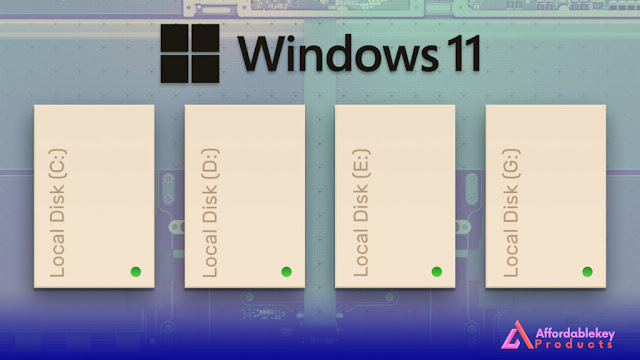How to Troubleshoot Common Windows 11 Issues
Windows 11 is Microsoft's latest operating system, released in 2021. While it offers many new features and improvements over its predecessors, users may still encounter issues from time to time. In this blog post, we will discuss some of the most common Windows 11 issues and provide tips on how to troubleshoot them.
Slow Performance
One of the most common issues that users face with Windows 11 is slow performance. This can be caused by a variety of factors, including too many running applications, outdated hardware, and outdated drivers. To troubleshoot slow performance, try the following steps:
Check your computer's specifications to make sure they meet the minimum requirements for Windows 11.
Close any unnecessary applications and processes running in the background.
Update your drivers by going to Device Manager, right-clicking on the device you want to update, and selecting "Update driver."
Use the Disk Cleanup tool to remove unnecessary files and clear up disk space.
Disable any startup programs that are not necessary by opening Task Manager, selecting the Startup tab, and disabling any unnecessary programs.
Blue Screen of Death (BSOD)
The Blue Screen of Death is an error message that indicates a critical system error has occurred. It can be caused by a variety of factors, including hardware failures, driver issues, and software conflicts. To troubleshoot the Blue Screen of Death, try the following steps:
Make sure that your hardware components are properly installed and functioning correctly.
Check your computer for any overheating issues.
Update your drivers by going to Device Manager, right-clicking on the device you want to update, and selecting "Update driver."
Uninstall any recently installed programs or drivers that may be causing the issue.
Use System Restore to restore your computer to its previous state.
Windows Updates Issues
Windows updates are important for keeping your computer secure and up-to-date with the latest features. However, sometimes Windows updates can fail to install or cause issues with your system. To troubleshoot Windows update issues, try the following steps:
Make sure that your computer is connected to the internet.
Check if there are any pending updates by going to Settings > Update & Security > Windows Update.
Restart your computer and try installing the updates again.
Run the Windows Update troubleshooter by going to Settings > Update & Security > Troubleshoot > Windows Update.
If all else fails, you can try resetting your PC by going to Settings > System > Recovery > Reset this PC.
Wi-Fi Connectivity Issues
If you're having trouble connecting to Wi-Fi on your Windows 11 device, try the following steps:
Make sure that your Wi-Fi is turned on by going to Settings > Network & Internet > Wi-Fi.
Check that you're connected to the right network and that you have the correct password.
Try resetting your network adapter by going to Settings > Network & Internet > Status > Network reset.
Disable any VPN or firewall software that may be interfering with your connection.
Update your network adapter drivers by going to Device Manager, right-clicking on your network adapter, and selecting "Update driver."
Application Issues
If you're having trouble with a particular application on your Windows 11 device, try the following steps:
Check if there are any available updates for the application.
Uninstall and reinstall the application.
Try running the application in compatibility mode by right-clicking on the application icon, selecting "Properties," and then selecting the "Compatibility" tab.
Run the application as an administrator by right-clicking on the application icon and selecting "Run as administrator."
Check if the application is compatible with Windows 11 by visiting the manufacturer's website.
In conclusion, Windows 11 is a great operating system that offers many new



%20product%20keys_.jpg)

%20for%20a%20business%20laptop_.jpg)
